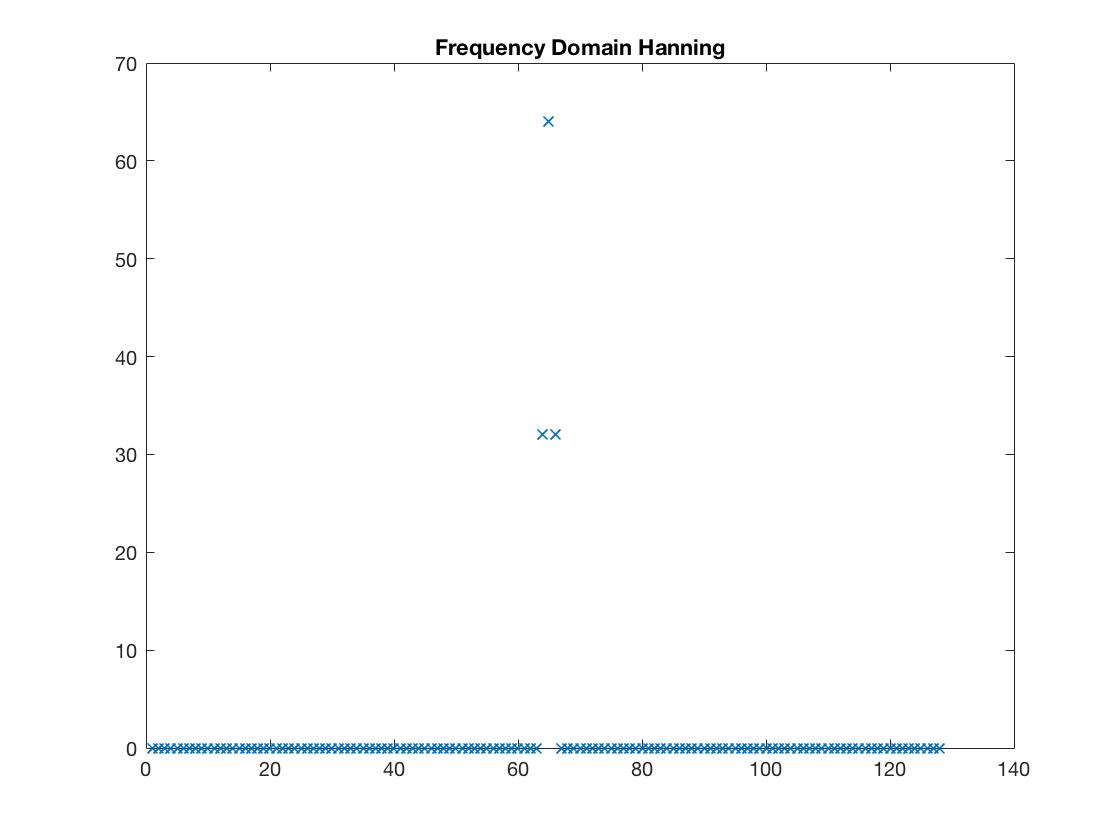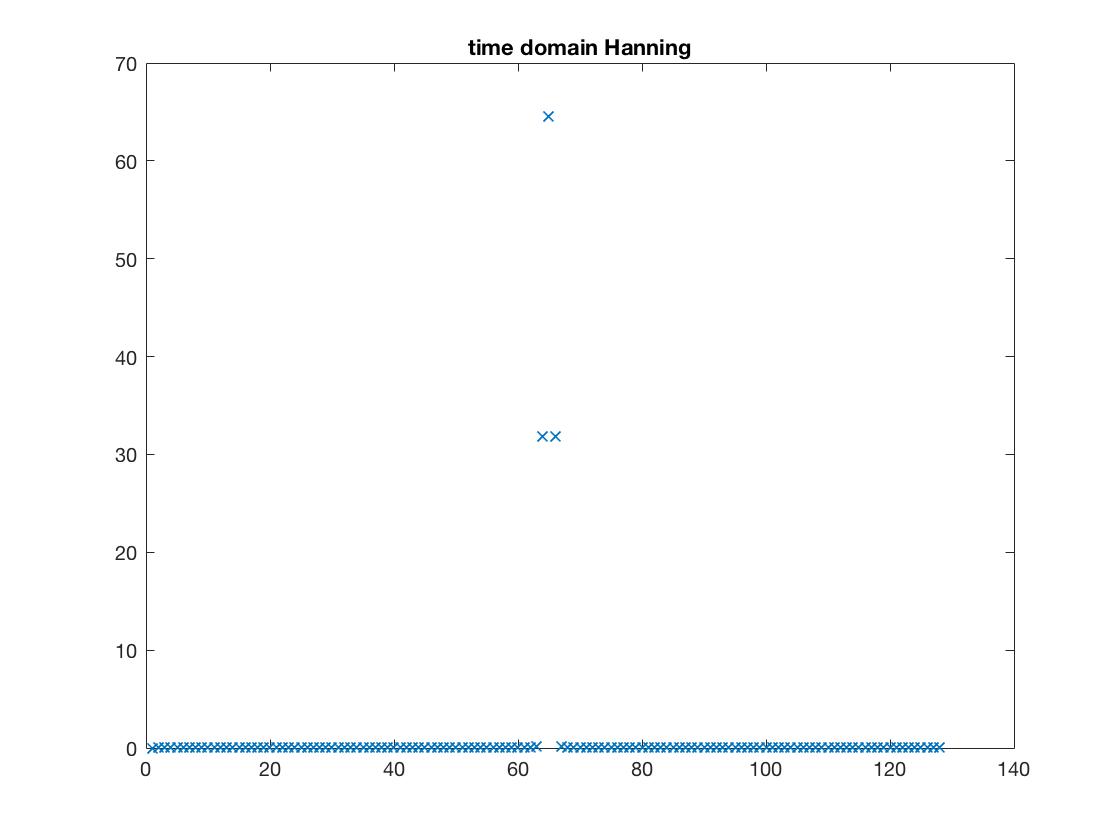I know we can use window function to decrease leakage phenomenon by making the end of a non-periodic signal to be zero at both end, so that to make it like "continuous and periodic" when doing fft.
However, when we multiply window function with original signal (ex: w(t)xs(t)), it's like doing convolution (w(f)*s(f)) in frequency domain, just like w(f) function slide from left to right and integrate with the area with s(f).
And my question is that since it would still integrate the area which is not the real frequencies of the original signal, and have values after convolution, how could this method really suppress those frequencies?
What make me confused is because I think using window function is the same as the method of doing FIR, which also multiple a window function with the ideal low pass signal in frequency domain. And the FIR characteristics are related to how many areas during integration (ex: the size of transition band).
Thank you very much!

 ][DFT of Hanning widow by convolution in the frequency domain
][DFT of Hanning widow by convolution in the frequency domain ][DFT of Hanning window taken in the time domain]
][DFT of Hanning window taken in the time domain]